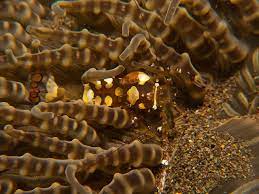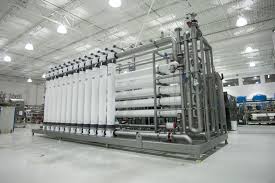Microbial and Parasite Ecology
organisms and their abiotic environment, especially at relatively large spatial scales. The insights and approaches of population ecology, community ecology, and evolutionary biology.
After all, organisms simultaneously experience all the forces of nature, including those that are the foci of evolutionary, population, community, and ecosystem ecology. Each of these perspectives has been, and will continue to be, useful simplifications.
Population Ecology
Population ecology is the study of populations (especially population abundance) and how they change over time. Crucial to this study are the various interactions between a population and its resources.
Population is defined as a group of freely interbreeding individuals of the same species present in a specific geographical area at a given time. A population has traits of its own which are different from those of the individuals forming the population.
Read Also : Soil Conservation: Meaning, Categories and Soil Management Practices
Density and Distribution of Population
Density: The number of individuals per unit area at a given time is termed Health population density which may vary from time to time and place to place.
For example, you may notice more plant and animal species in the garden during the monsoon season. Density of a particular organism in a region is determined by selecting random samples from an area of particular dimension (size) called quadrat from that region.
In case of large mobile animals like tigers, leopards, lions and deer, the density may be determined by counting individual animals directly or by the pugmarks (foot imprints) left by the animals in a defined area.
Population distribution is the pattern of dispersal of individuals within the area of interest patterns of distribution.
In summary, population ecology is the study of populations (especially population abundance) and how they change over time. Crucial to this study are the various interactions between a population and its resources. Population is defined as a group of freely interbreeding individuals of the same species present in a specific geographical area at a given time.
A population has traits of its own which are different from those of the individuals forming the population. Density of a particular organism in a region is determined by selecting random samples from an area of particular dimension (size) called quadrat from that region.
In case of large mobile animals like tigers, leopards, lions and deer, the density may be determined by counting individual animals directly or by the pugmarks (foot imprints) left by the animals in a defined area.



